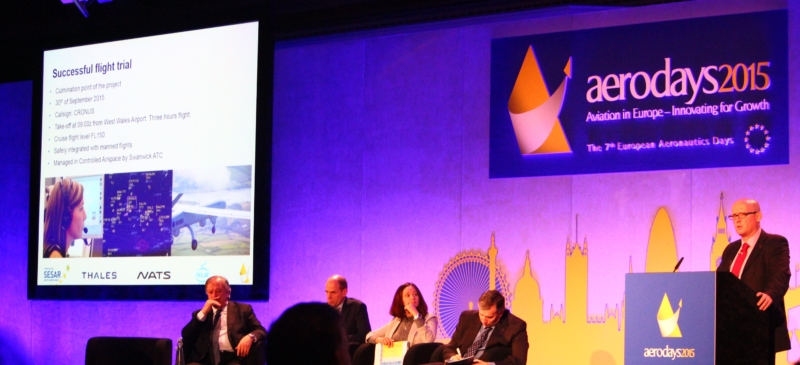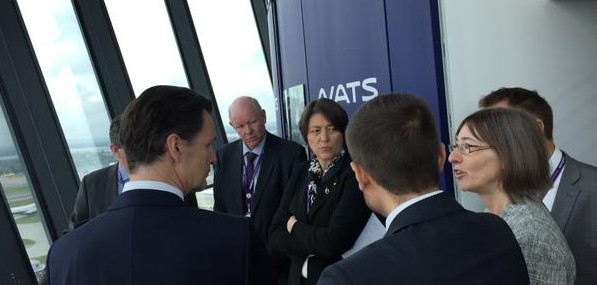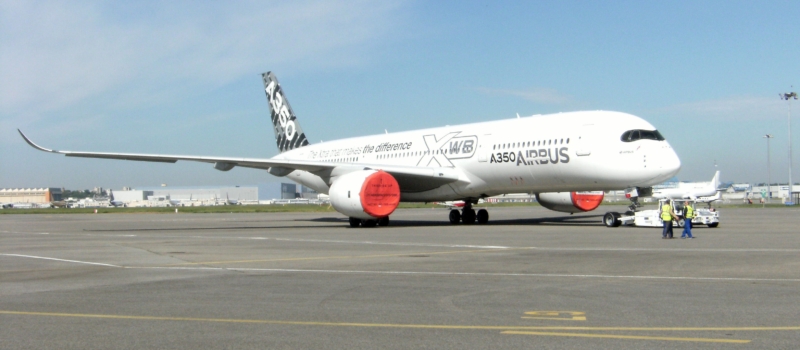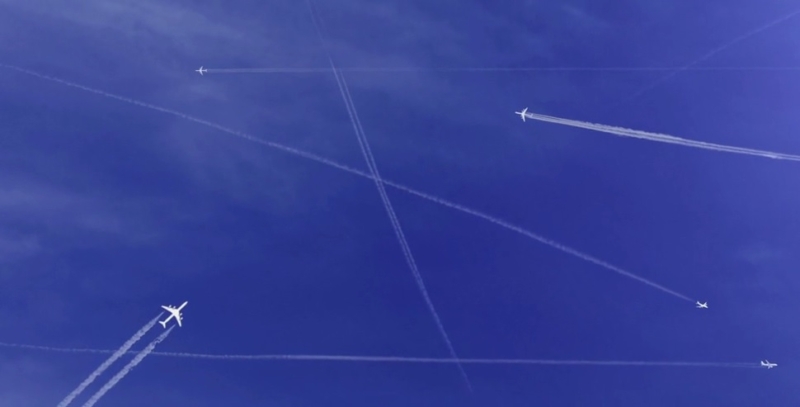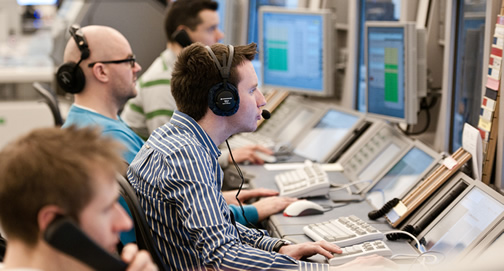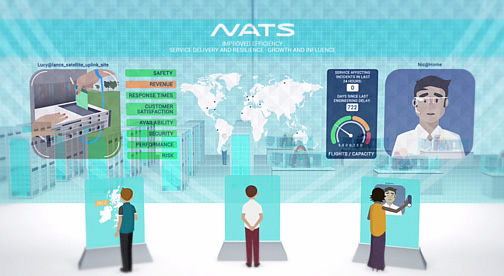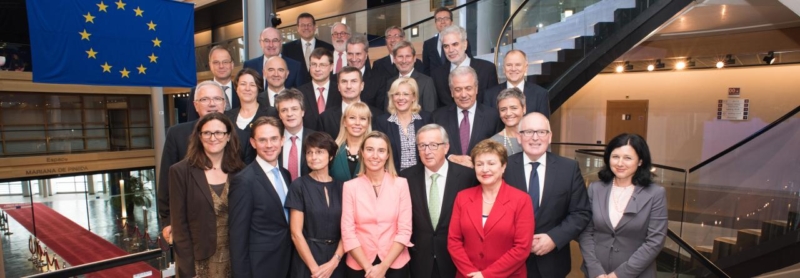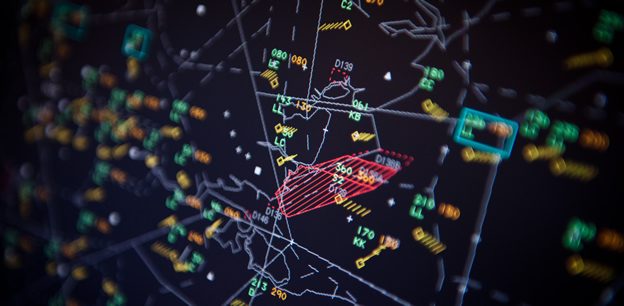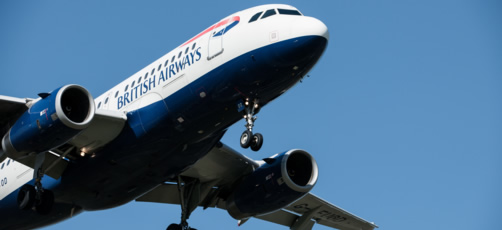SESAR
Game of drones – what now for drone development in the UK?
21 October 2015It will be interesting to see how the RPAS industry evolves in the coming years and what regulatory framework emerges around “drones”. The UK government has set out an ambitious strategy that wants to see the full integration of unmanned and manned aircraft by 2020, so the next few years are sure to be very exciting.
SESAR: Pushing the boundaries of innovation
20 October 2015SESAR is showcasing its success stories in a number of critical areas, such as enabling greener aviation, increasing connectivity and mobility, advancing the digitalisation and virtualisation of ATM, and ensuring the safe integration of new types of aircraft, such as unmanned aircraft.
The European aviation R&D community comes to London
14 October 2015Next week a major European aviation conference comes to London. Aerodays is the European Commission’s flagship event in aviation research and development.
EGNOS: GPS for aviation
20 May 2015GPS is widely used in the transport industry, most obviously by the sat-navs in our cars, but largely due to current levels of signal accuracy and integrity being too low, we’re yet to maximise its use in the aviation industry. This is starting to change, however, with the ongoing development of the European Geostationary Navigation Overlay Service (EGNOS).
We are at the dawn of a third age of air traffic management, a world of airspace systemisation. It means that aircraft will again be separated procedurally, only this time based on technologies unimaginable to those pioneering pilots and controllers of the ‘40s and ‘50s.
The importance of aeronautical messaging in aviation
7 April 2015The AMS-UK upgrade has gone live; but how does this messaging system shape communication in the aviation industry?
Engineering the future
27 March 2015Engineers can imagine too! As we begin to deploy more SESAR air traffic management technologies and concepts, we are also imagining how we could further improve our services – now and in the future.
A call to the European Commission and EU Member States
13 November 2014The new European Commission has indicated that they plan to review the effectiveness of existing legislation before introducing new legislation and I think that’s a good move. They could start by looking at the Single European Sky (SES) initiative.
Building a shared picture for Tower and Approach
20 October 2014UK airports already excel at single runway operations – but is it possible to get even better? NATS, in conjunction with SESAR, has been running a simulation to find out whether linked planning tools can help.
One of the most important ways in which NATS seeks to help reduce the environmental impact of aviation is through the Single European Sky ATM Research programme (SESAR). SESAR brings together stakeholders from across the European aviation industry to help develop and deploy new technologies and procedures that can improve the performance of European air traffic management (ATM).
One of the SESAR projects we have led, called TOPFLIGHT, has now been long-listed for a World Responsible Tourism Award in the Best Aviation Programme for Carbon Reduction category.
